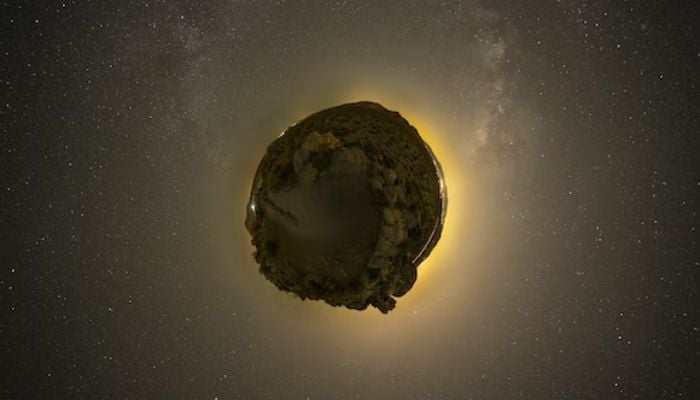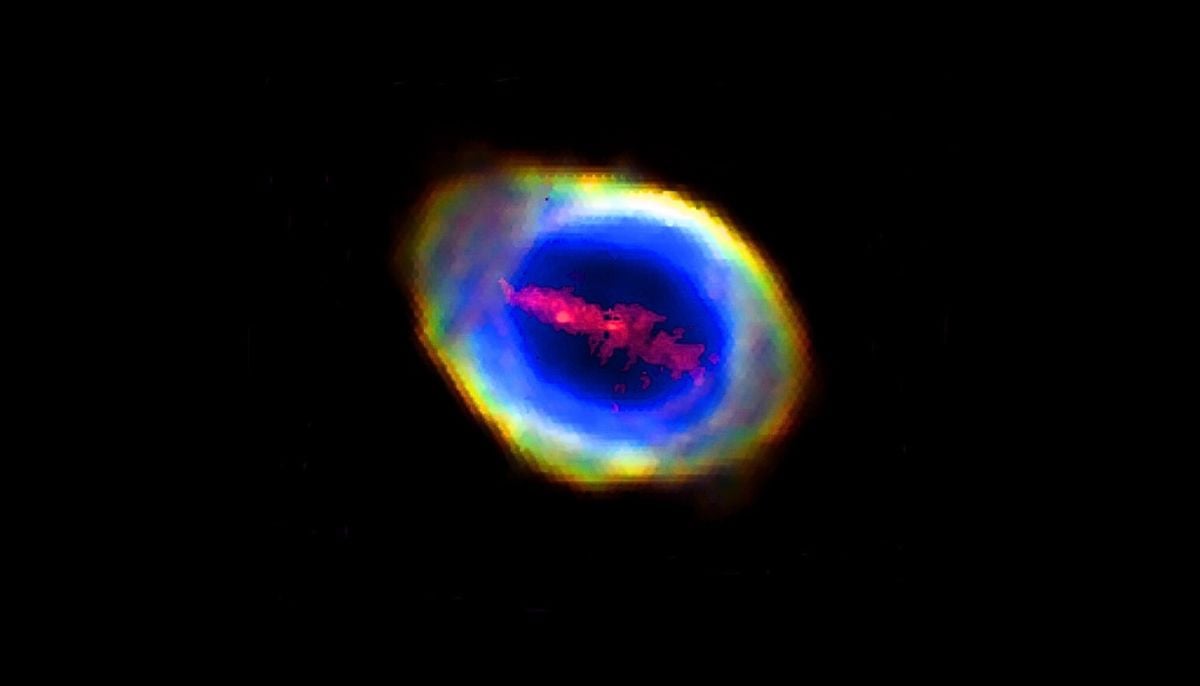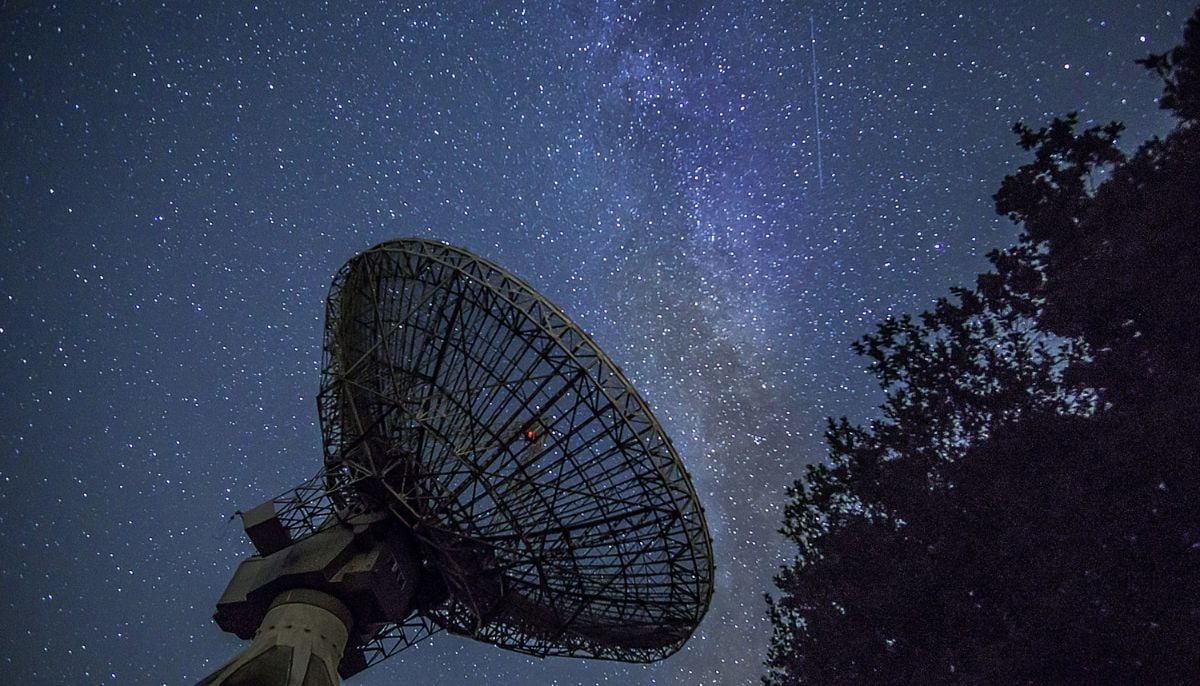Earth's new moon? Astronomers find 'quasi-moon' orbiting our planet
Recent findings have revealed that the newly discovered asteroid, 2023 FW13, is not just any ordinary asteroid passing by
Recent findings have revealed that the newly discovered asteroid, 2023 FW13, is not just any ordinary asteroid passing by. Astronomers have uncovered that it is an ancient companion of Earth, categorised as a quasi-moon, and has been orbiting near our planet since 100 BC.
It is expected to continue orbiting Earth until AD 3700, indicating that it will accompany our planet in its journey through space for several millennia.
Moreover, the asteroid has an intricate orbit that takes it halfway to Mars, and then halfway to Venus during its journey. The Pan-STARRS survey telescope, located on a dormant volcano in Hawaii, detected this asteroid on March 28, along with various other cosmic objects such as a comet as massive as Mount Everest.
The telescope captures images of the sky to discover new planets, asteroids, and stars.
Astronomers have noted that asteroid 2023 FW13 shares a comparable orbit with another quasi-moon, known as Kamoʻoalewa (2016 HO3). The asteroid is estimated to be 65 feet (20 meters) wide and is largely influenced by the Sun during its orbit, despite being in the vicinity of Earth.
Nevertheless, Earth slightly disturbs its orbit, causing it to remain near our planet. While it circles around the Sun, it orbits the star at the centre of our solar system in the same amount of time as Earth. Each year, the asteroid comes within 9 million miles of Earth, which is significantly further away than the Moon's closest point to Earth at 223,693 miles. There are no concerns about asteroid 2023 FW13 colliding with Earth or causing any problems for our planet.
The asteroid's Earth-close orbit was initially discovered by Adrien Coffinet, a journalist with Futara.
There is a possibility that future expeditions to the quasi-moon could provide us with additional information regarding its size and composition.
-
Bamboo: World’s next sustainable ‘superfood’ hiding in plain sight
-
NASA Artemis II rocket heads to the launch pad for a historic crewed mission to the Moon
-
Blood Moon: When and where to watch in 2026
-
Elon Musk’s Starlink rival Eutelsat partners with MaiaSpace for satellite launches
-
Blue Moon 2026: Everything you need to know
-
Scientists unravel mystery of James Webb’s ‘little red dots’ in deep space
-
ISS crew of four completes medical evacuation with safe splashdown off California
-
Annular solar eclipse 2026: Here's everything to know about the ‘ring of fire’












